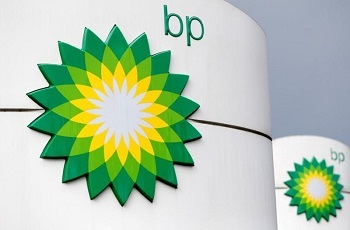BP exits planned AU$55bn green hydrogen facility in Australia
By Anthony Wright
British energy major BP will exit the Australian Renewable Energy Hub (AREH) in Pilbara, Australia, as it pivots to instead refocus on fossil fuels.
The hub, which was originally expected to deliver 26GW of solar and wind power by 2029, is slated to produce 1.6 million tonnes of green hydrogen and nine million tonnes of green ammonia per year at full scale.
However, the future of the hub is now uncertain given the exit of its majority shareholder. BP has held 63.7% of the AREH shares since 2022 and had previously called the hub a “cornerstone project” for it to help its customers and partners meet their net-zero commitments.
The company said the decision reflects its recent strategy reset, which will see BP grow its upstream oil and gas business, focus its downstream business, and invest with “increasing discipline” into the transition, according to the Australian Broadcasting Corporation.
Earlier this year, BP announced that it would slash investment in renewable energy and increase annual oil and gas spending to $10bn to boost earnings.
BP is not the first company to part ways with the project, which has been touted as a major part of Western Australia’s renewables strategy. Last year, Australian investment bank and financial services company Macquarie sold its 48% stake in AREH to BP.

It is not clear why the company chose to sell its stake, but it was likely prompted by the increasing complexity of the project. When Macquarie joined in 2019, the capacity of the project was doubled to sell power to Western Australia’s iron ore-rich Pilbara region.
The company, along with partners InterContinental Energy and CWP Global, later doubled down again, increasing the size of the project to its current 26GW of solar panels and wind turbines to produce green ammonia for export.
The switch meant the partners would have to install additional banks of electrolysers in an area considered remote even by the standards of an already remote region.
A further blow was dealt when then-Coalition environment minister Sussan Ley called the project “clearly unacceptable” due to potential impacts on a wetland habitat for migratory birds from the project’s jetty to load ships with ammonia.
The decision by Macquarie sell its share appeared to be at odds with its 2021 statement, when it said it planned to stop financing coal projects by 2024. As of 2025, Macquarie is assisting EMR Capital in the sale of the AU$3bn Kestrel coking coal mine, one of the largest underground coking coal mines in the world.
Given the exit of Macquarie and now BP, the project’s future now largely depends on InterContinental Energy and CWP Global, which must find new funding sources or partners to fill the gap.
“While AREH no longer aligns with BP’s strategy, it continues to present an important opportunity for WA to decarbonise the Pilbara. BP will work with its AREH partners to ensure a safe and efficient transition or operatorship,” said Lucy Nation, BP’s country president, in an internal communication to the AREH team.
A spokesperson from project partner InterContinental Energy told gasworld’s sister publication, H2 View, that it intends to continue the project under the leadership of one of its founding partners.
Alexander Tancock, CEO of InterContinental Energy, said, “As the AREH project company assumes operatorship with the leadership and guidance of InterContinental Energy, we remain committed to working closely with the government of WA and all stakeholders to drive the next phase of development.”
This article has been republished from The Gas World.

